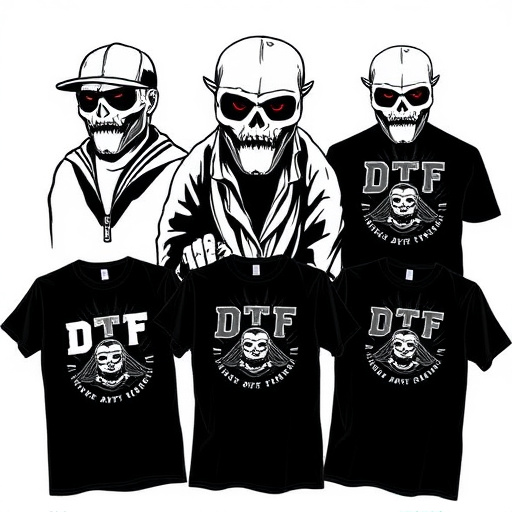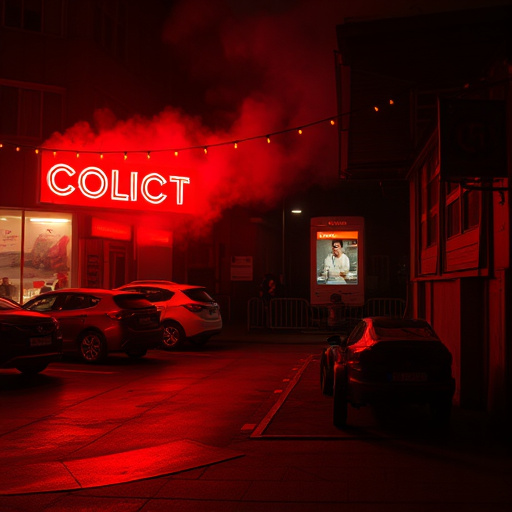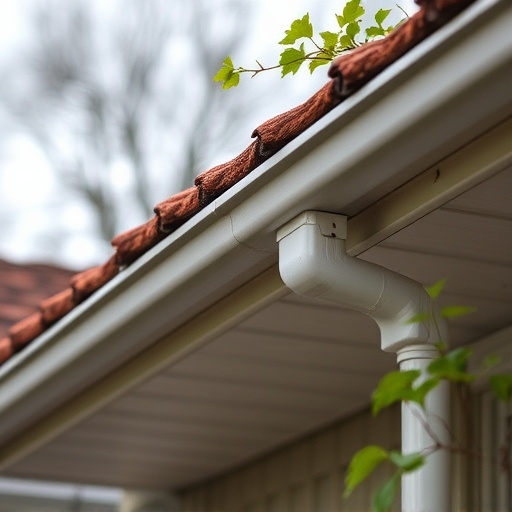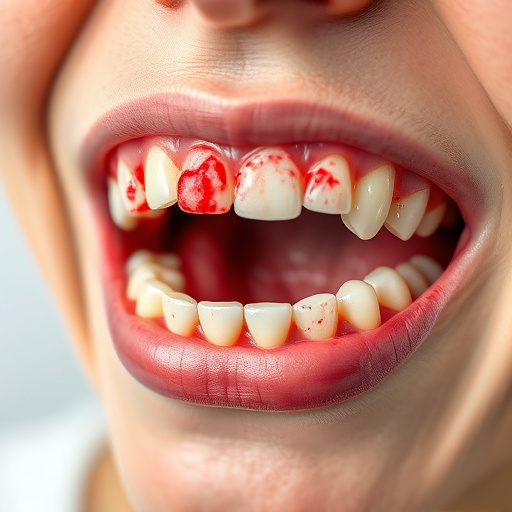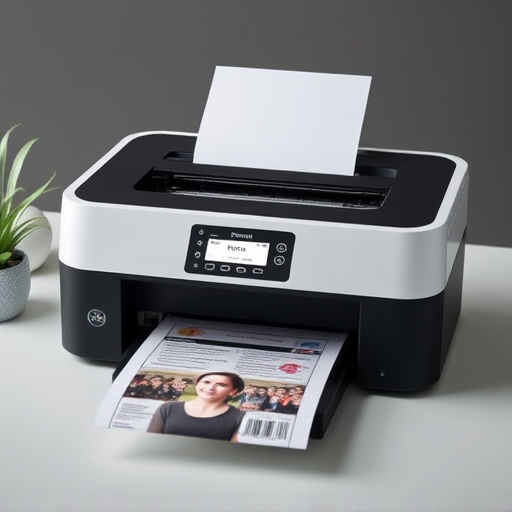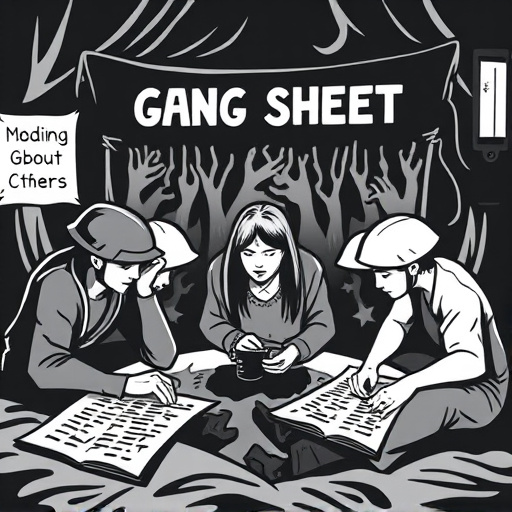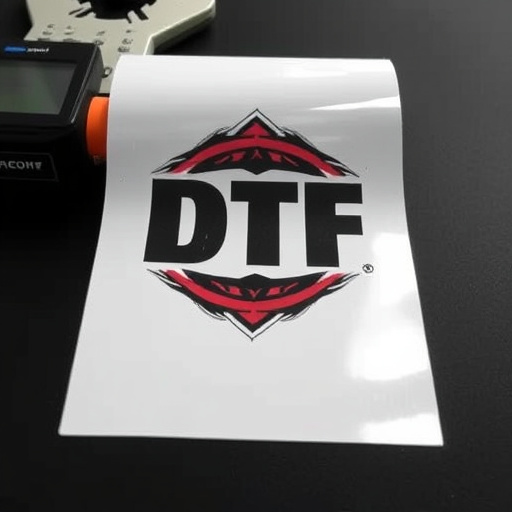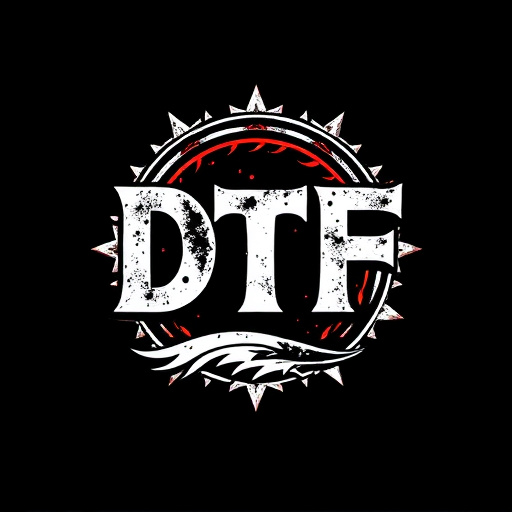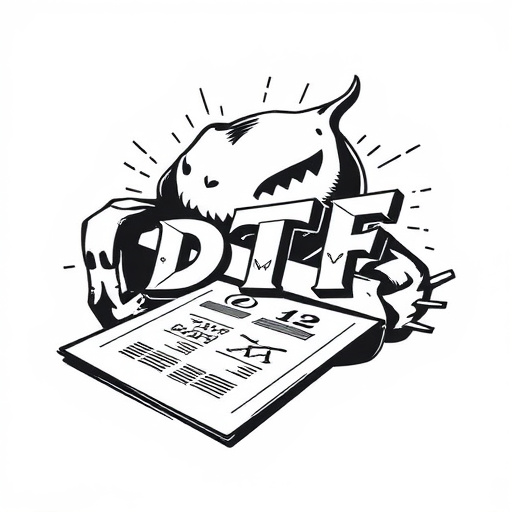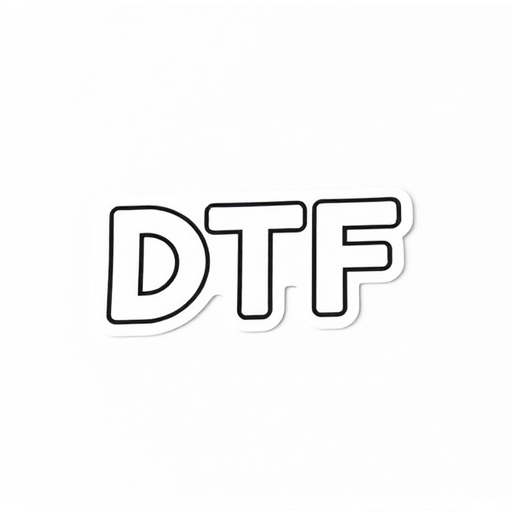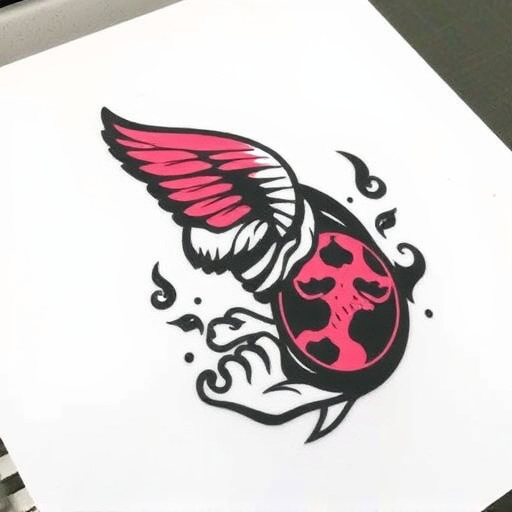DTF (Direct-to-Fabric) Transfer Gang Sheets are crucial for achieving high-quality prints in garment printing, acting as a buffer between designs and fabric to ensure accurate color transfer and maintain detail integrity. To optimize jobs and produce vibrant, lasting colors, printers should use custom gang sheets tailored to specific fabric types and print requirements. Before starting, set up a clean workspace with proper ventilation, gather necessary materials, and invest in precision tools. A systematic approach, including clean workspace maintenance, manufacturer instructions adherence, high-resolution design preparation, and optimized print settings, is required for cleaner prints. Post-print care involves complete ink drying and regular cleaning of printer and DTF materials.
Uncover the secrets to achieving pristine prints with DTF (Direct to Film) Transfer Gang Sheets. This innovative technology revolutionizes the printing process, offering crisp, clean results on a variety of surfaces. In this guide, we’ll explore how DTF Gang Sheets enhance print quality and provide practical tips for preparation and technique. Learn to navigate the process seamlessly, from setting up your workspace to mastering the step-by-step guide for consistent, high-quality prints with these advanced sheets.
- Understanding DTF Gang Sheets: Their Role in Print Quality
- Preparing Your Workspace and Materials for Optimal Results
- Techniques for Achieving Cleaner Prints: Step-by-Step Guide
Understanding DTF Gang Sheets: Their Role in Print Quality
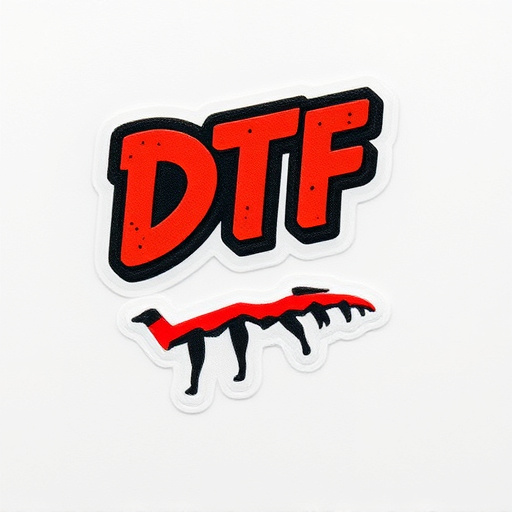
DTF (Direct-to-Fabric) Transfer Gang Sheets play a pivotal role in achieving high-quality prints in the realm of DTF garment printing. These specialized sheets act as a bridge between your design and the fabric, ensuring precise color transfer and crisp details. By using a DTF Transfer Gang Sheet tailored for your printing needs, you can significantly enhance the overall print quality of your projects.
When it comes to DTF garment printing, having the right tools makes all the difference. An Upload Your Own Gang Sheet option allows printers to customize their setup, accommodating various fabric types and print requirements. This flexibility ensures that each print job is optimized for specific garments, resulting in vibrant, lasting colors and impeccable designs. Remember, the key to cleaner prints lies in understanding and leveraging the capabilities of your DTF Transfer Gang Sheets.
Preparing Your Workspace and Materials for Optimal Results
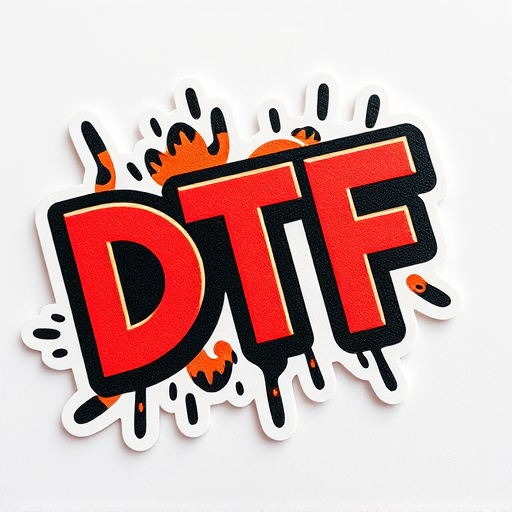
Before you begin your DTF (Direct to Fabric) transfer project using a DTF Transfer Gang Sheet, preparing your workspace and gathering the right materials is crucial for achieving clean prints. Start by setting up a well-lit, dedicated area, ensuring proper ventilation to prevent any health risks associated with ink fumes. A flat, clean surface will serve as your workbench, where you can lay out all your supplies, including the DTF gang sheet, printing plates, inks, and a high-quality printer compatible with DTF printing.
Invest in high-quality materials to ensure optimal results; this includes not only the DTF gang sheets but also ink designed specifically for fabric transfers. For smaller orders or experimental batches, consider using custom DTF gang sheets, which offer flexibility and precise cuts for intricate designs. The dtf printing process is an art, and having the right tools will enable you to produce professional-quality prints, ensuring a smooth and satisfying crafting experience.
Techniques for Achieving Cleaner Prints: Step-by-Step Guide
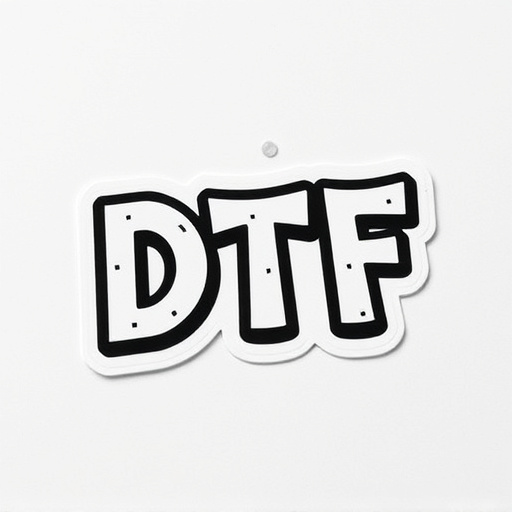
Achieving cleaner prints with DTF (Direct to Film) Transfer Gang Sheets involves a few simple yet effective techniques. First, ensure your work area is clean and free from dust or debris that could contaminate the sheet. Before applying any design, carefully read and follow the DTF application instructions provided by the manufacturer to guarantee optimal results.
A step-by-step guide for cleaner prints includes preparing your design software, ensuring the resolution meets the recommended standards for your printer, and trimming any excess material from the DTF Gang Sheet. When printing, use high-quality settings and check your print settings for color accuracy and ink density. After printing, allow the ink to dry completely before handling or applying heat to avoid smudging. Regularly cleaning and maintaining your printer and DTF materials will also contribute to consistent dtf print quality.
DTF (Direct to Film) Gang Sheets are a game-changer for achieving cleaner prints. By understanding their role in print quality and implementing optimal preparation techniques, you can significantly enhance your results. Follow our step-by-step guide to master the art of DTF printing, ensuring precise and vibrant outputs every time. Incorporate these tips into your workflow, and you’ll soon notice a remarkable improvement in your printed materials.
